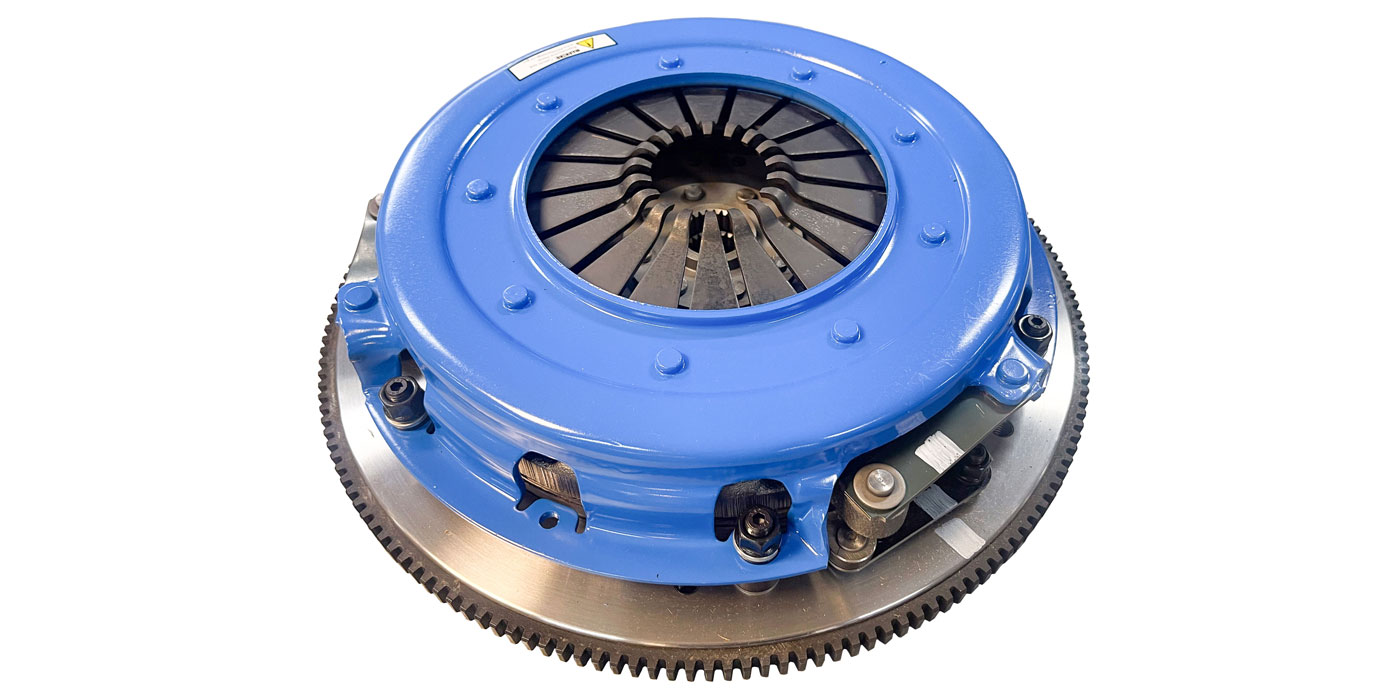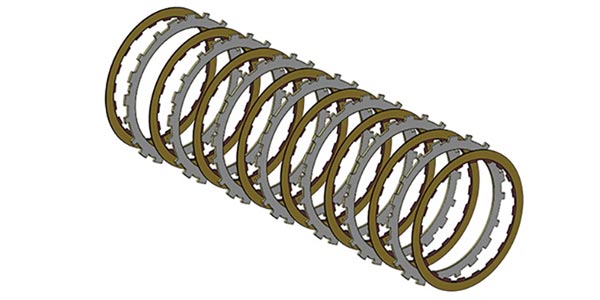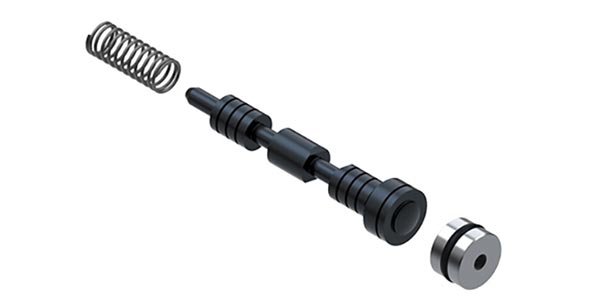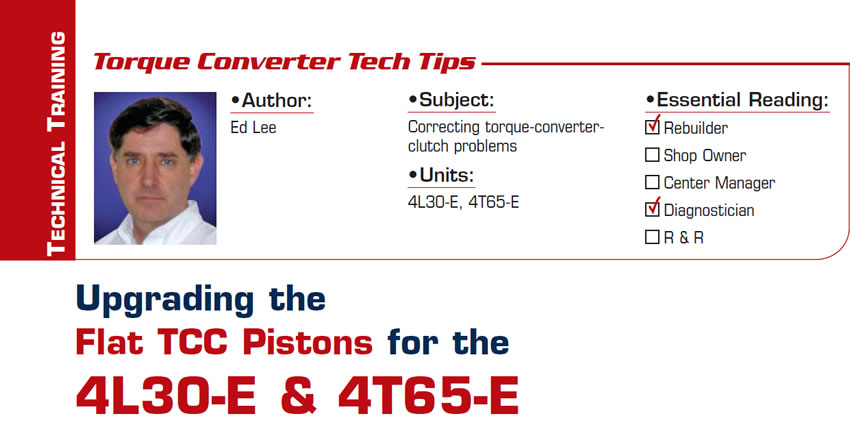
Torque Converter Tech Tips
- Subject: Correcting torque-converter-clutch problems
- Units: 4L30-E, 4T65-E
- Essential Reading: Rebuilder, Diagnostician
- Author: Ed Lee
The 4T65-E and 4L30-E share a number of issues related to the torque-converter clutch (TCC). Both transmissions are notorious for their TCC-application and shudder problems. A root-cause analysis of each application yielded similar results.
The TCC apply and release strategies for these units are basically a variation of ECCC (EC3) strategy. The early BMW and Cadillac versions of the 4L30-E used a single-valve circuit that evolved into a dual-valve circuit in the later models. Even with some valve differences, the 4L30-E and 4T65-E share a clutch-application and release strategy that is similar to the one used in the late-model 4L60-E. All use a form of converter oil that comes from the pressure-regulator valve to release the clutch, and all end up with line pressure for the clamping force once the clutch has been completely applied.
The problem is that, over time, valve and bore wear can affect the intended modulation of clutch-application pressure as well as line pressure itself. This can mean excess pressure during modulated application, and elevated line pressure when application has been completed. To withstand high pressures, the TCC piston must be as rigid as possible.
Unfortunately, the OEM pistons for both applications do not have a lip at their outer diameter like most of the earlier 245mm pistons used in other applications. The flat pistons in these units are more prone to deflect. To picture why, consider how flexible a basic piece of plywood is compared with the same piece of plywood with a 2×4 frame attached at the border. When a TCC piston dishes, the contact area becomes less and the holding force of the piston is reduced (Figure 1).
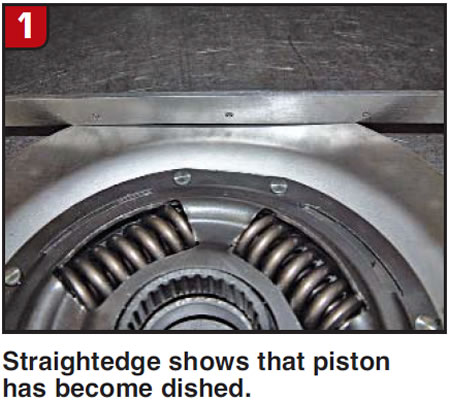
A straightedge shows how high pressure and severe deflection caused permanent dishing on a flat TCC piston.
It was obvious that rigid pistons were needed, and the aftermarket responded with a billet piston for 258mm 4T65-E converters. Unfortunately, this piston would not fit the 4L30-E or 245mm 4T65-E. In response to the demand for an upgraded piston for those applications, Jasper Engines and Transmissions of Jasper, Ind., came up with an ingenious idea: Mate the damper assembly from the OEM flat piston to a piston with the reinforcing lip at the outer diameter.
To accomplish this Jasper started with a late-style 245mm four-rivet piston assembly (Figure 2).
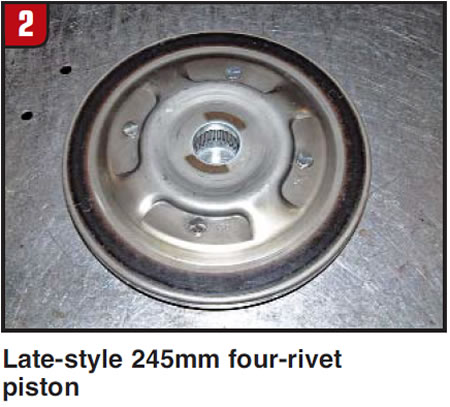
Jasper removed the original damper assembly and welded up the four original rivet holes. They then placed the piston with the lip and the damper assembly from the original flat piston onto a fixture to keep both parts on the same centerline. With both parts properly aligned and using the original damper assembly as a drill guide, eight new holes were drilled and eight rivets were installed. The finished product looks like figures 3 and 4 (front and back).
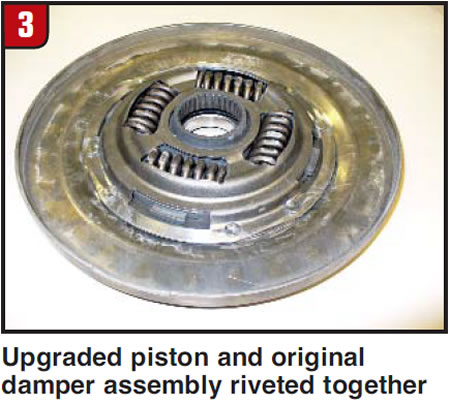
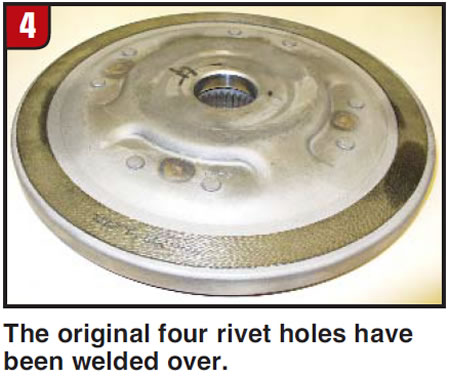
This assembly is being tested in the 245mm 4T65-E applications, and plans call for testing it in the 4L30-E.
Special thanks to Jasper Engines and Transmissions for sharing this innovative idea.

Ed Lee is a Sonnax Technical Specialist who writes on issues of interest to torque-converter rebuilders. Sonnax supports the Torque Converter Rebuilders Association. Learn more about the group at www.tcraonline.com.
©Sonnax2010











